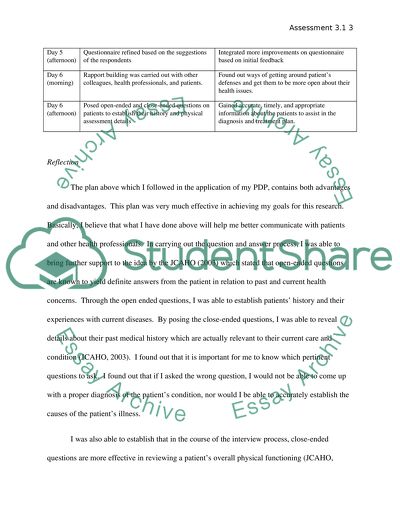Cite this document
(“Reflective paper Essay Example | Topics and Well Written Essays - 1500 words”, n.d.)
Retrieved from https://studentshare.org/environmental-studies/1421465-reflective-paper
Retrieved from https://studentshare.org/environmental-studies/1421465-reflective-paper
(Reflective Paper Essay Example | Topics and Well Written Essays - 1500 Words)
https://studentshare.org/environmental-studies/1421465-reflective-paper.
https://studentshare.org/environmental-studies/1421465-reflective-paper.
“Reflective Paper Essay Example | Topics and Well Written Essays - 1500 Words”, n.d. https://studentshare.org/environmental-studies/1421465-reflective-paper.


